Continuing the ongoing series of interviews with creative artists working on various aspects of movie and TV productions, it is my pleasure to welcome Brett Jutkiewicz. In this interview he talks about how he chooses the productions he works on, the role of the cinematographer and the hidden complexities of it, the dynamics of working on feature films with two directors, and the technological advancements in the lighting equipment in the last few years. Around these topics and more, Brett dives deep into his work on last summer’s delightfully wicked “Ready or Not”.
Kirill: Please tell us about yourself and the path that took you to where you are today.
Brett: I grew up in the suburbs of Long Island, about an hour outside of New York City. My father had a Hi8 camcorder that I would use to make little movies with my friends and as a teenager I started getting into skateboarding and making skate videos. I would always shoot them and edit them myself which at the time involved transferring it to VHS tapes, recording different parts of the tape onto another tape to make a really basic edit.
In high school I started getting into still photography. I did a lot of black and white photography – we had a darkroom in our high school and I took a photography class that made me think more about imagery in general, both as a method to capture and document things but also for the first time creating images that had a certain aesthetic value to them.
I went to college at Boston University and started as a computer science major because I thought it would be good for getting a job, but about a semester into that I became friends with some film students and realized this thing that I was passionate about in terms of photography and making videos could actually be something that I could do as a career so I took an elective film history course just to see what it was about and I completely fell in love with it and joined the film program.
I shot a lot of short films in school and after I graduated I moved to New York City with some of the people that were in my class at BU. I started working in New York and collaborating with them on shorts and became friends with other young filmmakers on the scene at the time. There was a great energy of people being creative and helping each other make films, and around that time the first DSLRs that could shoot high quality video came out, which opened up a new world for making cheap independent films. I shot my first feature about a year out of school, which was “The Pleasure of Being Robbed”, directed by Josh Safdie. It was this super scrappy film we shot on super-16mm with a crew of about 3 people, but it wound up premiering at Cannes and that was kind of the beginning of my professional filmmaking career.
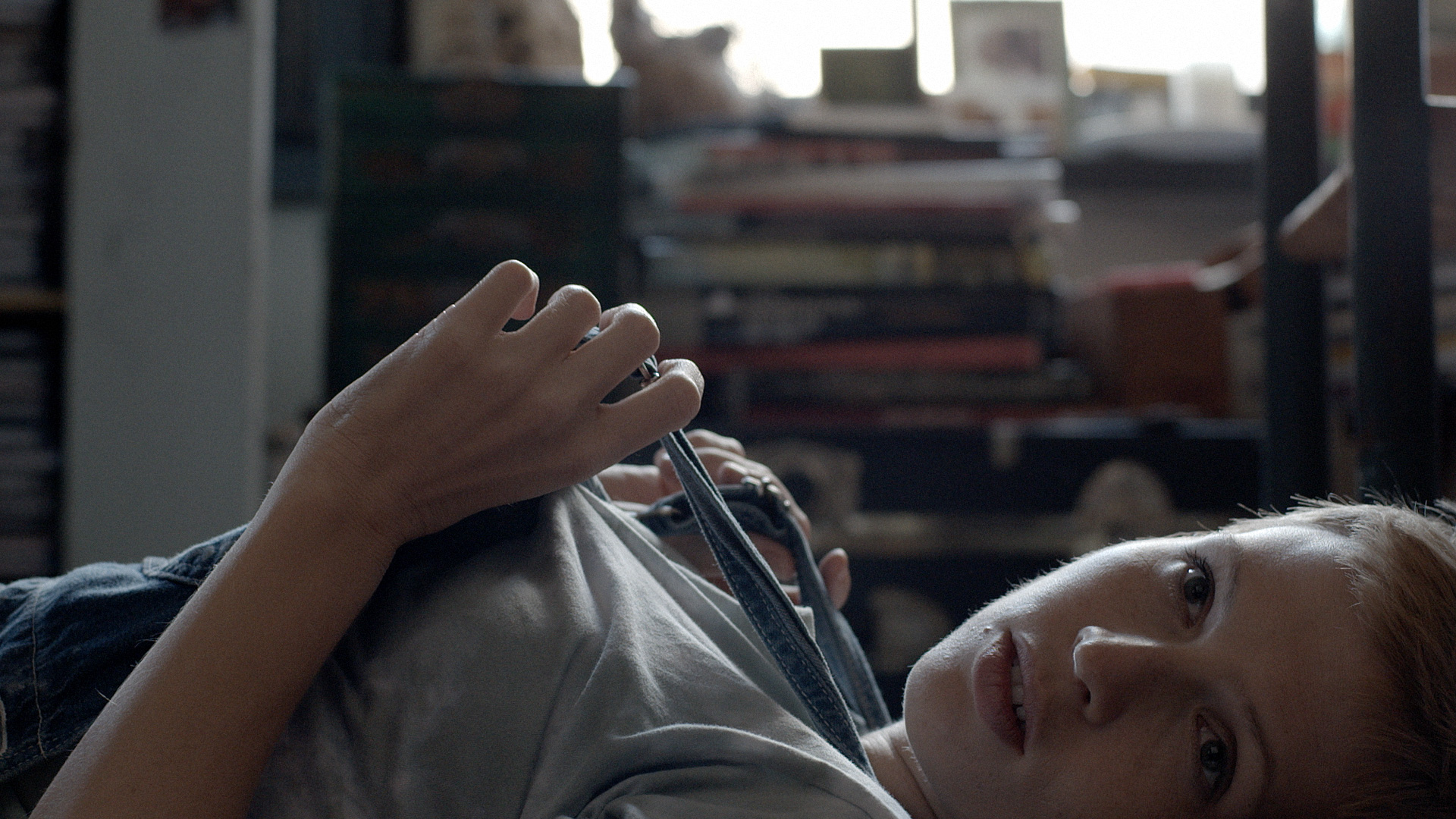
Cinematography of “Lily” by Brett Jutkiewicz.
Kirill: Is there anything particularly surprising on unexpected for you when you join a new production, a new director, a new set of people?
Brett: There’s always something to learn, and that’s what’s special about filmmaking. No two productions are ever the same. There’s always a different challenge. A new person who comes in with a different vision. What is cool is that as a cinematographer I get to collaborate with all these different directors who have different styles and different visions.
After graduating from college I continued working with some of the same filmmakers I’d met there, so it wasn’t an abrupt transition. I worked as a production assistant a few times just out of college, and I remember being totally in awe of the machine of these bigger movies with $4-5M budgets, which at the time seemed enormous. It was interesting to see how complicated it was, how many pieces had to fit together, and how people kept things streamlined across different departments.
Kirill: There are different ways of telling the same story, in words and in images, and everybody has their own stylistic approach to it. When you are choosing your next production, do you want to be aligned on the sensibilities with your major collaborators? Do you want there to be a little bit of a tension in the process?
Brett: A little bit of tension and back-and-forth is good. Right after reading the script and before talking to the director, I always come in with my own ideas, a preliminary vision, and feelings about the script and how I might want to translate that visually. But the director might come in with different ideas and differing viewpoints, so I think you collaborate to distill the best of it, obviously always with deference to the director. I would expect always that there would be some sort of tension and back-and-forth. I think that’s why directors hire cinematographers – to bring their own vision and creativity to the project.
Some directors are a lot more precise about how they want the film to look than others. I’ve been pretty fortunate to work with a lot of directors who are very open to collaboration, and I think that collaboration is an important part of filmmaking in general. There are so many people that are working to create this apparently seamless vision. It’s important to have these different people who have different viewpoints to be able to bounce ideas off of each other.
And a lot of this happens in prep. By the time I get on set and am rolling the camera, it’s definitely important to be on the same page with the director. There’s so much to deal with. The director is dealing with the cast, the producers and the studio. I’m dealing with my crew, the camera and the lighting. It’s hard to take time and energy away from that to resolve any sort of tension or conflict. Obviously there’s a lot of adapting to different things that you haven’t planned for – but having that foundation in prep is really important.
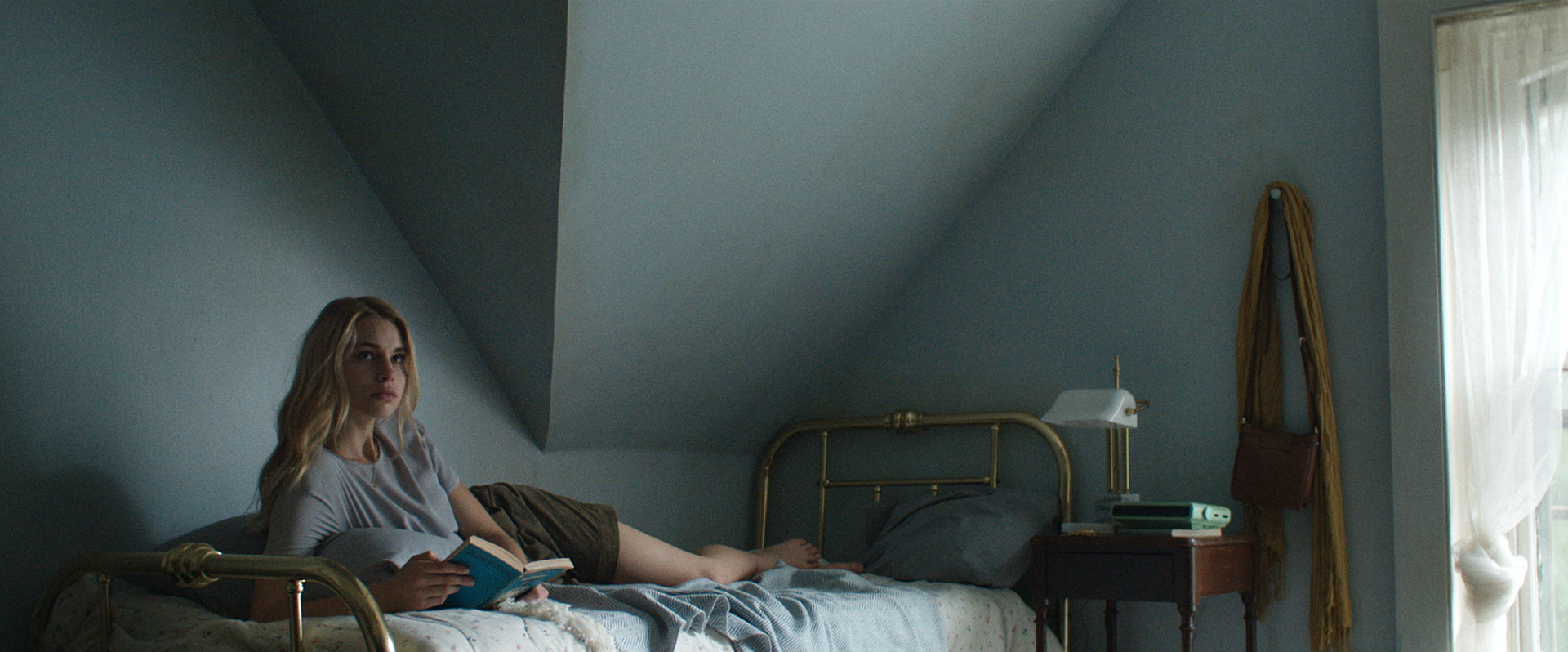
Cinematography of “The Preppie Connection” by Brett Jutkiewicz.
Continue reading »
Continuing the ongoing series of interviews with creative artists working on various aspects of movie and TV productions, it is my pleasure to welcome David Heinz. In this interview he talks about the transition of the industry to digital, the evolution of tools at the disposal of filmmakers to bring their stories to our screens, the role of an editor in that process, and whether great visual effects can save a bad story (spoiler alert, they can’t). Around these topics and more, David goes back to his earlier work on the two “Planet of the Apes” movies and the rise of motion caption performances, his collaboration with other key storytellers throughout the process, and dives deep into the last 2.5 years that he spent working on the just released “The Call of the Wild”.
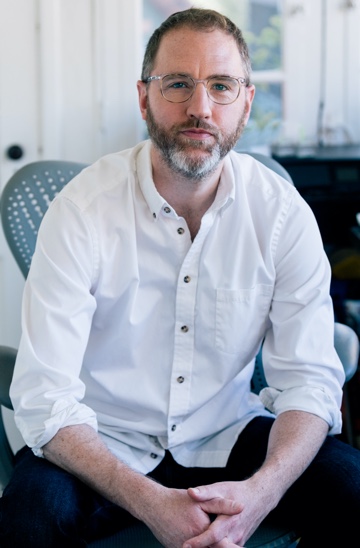 Kirill: Please tell us about yourself, and the path that took you to telling these stories.
Kirill: Please tell us about yourself, and the path that took you to telling these stories.
David: For me it’s always been about being sucked into that rectangle that can take you into any place in time and story, and make you empathize with a character who is quite different from myself. That to me is the key, and I’ve had that experience and that relationship with movies my whole life. I was enamored with it.
I remember watching movies since I was a kid. I grew up watching things like “Raiders of the Lost Ark” and “Back to the Future” early in my life. I remember not only being drawn to the story and the characters. I also remember appreciating the fact that I could sit down and watch those films with my family, and we could all just enjoy it and have a good time.
Movies were a part of my family’s life growing up. My dad had a Super 8 camera, and I would play around with it a little bit. And then he got a Hi8 video camera, and I started playing with that. I was filming things with friends, and I would do any school project that I could possibly do as a video or a movie instead of a paper [laughs], even if that meant trying to convince my friends to do five takes of something when they were bored after the first take. I’d then try to edit those pieces together using a VCR and my dad’s camera, pressing pause and record on one and then trying to quickly time out everything.
But it was just a hobby. I loved watching movies and I loved making movies, but I never really thought of it as a potential career. I grew up near Chicago, and there weren’t a lot of people in my family or in our larger circle in that field. There was no precedent in my family for pursuing a creative profession, so I never really considered it.
When I was in high school, Wes Anderson’s first movie called “Bottle Rocket” came out and I just fell in love with it. I had an interesting personal connection to that movie – in a different way than I had with films prior to that. There was something about the specificity of his style of humor and aesthetic that felt so in line with what I was drawn to at that point in my life. It felt like that film was personally speaking to me in a way that made me want to know who these filmmakers were. Who was Wes Anderson? Who was Owen Wilson? Who was Luke Wilson?
That movie came out in 1996 and I was about 16 at the time. And as I read more about who these guys were, I realized that they’re just regular, average human beings. I realized that all the people who were making movies for a living were just people who chose that as their given profession. There was something about it that clicked for me at that moment. I was in that period of time where I was starting to think about going to university, what I might study, where I might go and what I might do for the rest of my life. I really felt like I needed to give this a go.
I ended up going to business school for one year and I didn’t like it at all. I dropped out and I transferred to film school in Chicago. Then I finished my studies in Los Angeles and moved out to California. I didn’t know anybody, I didn’t have any job prospects or anything of that sort. I came out here with a tiny bit of money saved up, hoping something might you know happen.
And nearly 20 years later I’m still here.
Kirill: Is there still anything particularly unexpected or surprising for you when you join a new production?
David: Something that’s vastly different on every movie I’ve done has been understanding the director’s process, respecting that and trying to give the director the space they need for their creative process. Every director is completely different.
Matt Reeves, for example, will sit at the AVID with the editor and will go through every single take from top to bottom. On every single setup, every single shot, every single scene he will work chronologically through the movie. That’s just how he works. He works meticulously and diligently from the beginning to the end. And when he gets to the end, he goes back to the beginning and he does the same thing. That’s Matt’s process.
Other directors are not that way. Other directors would prefer to keep fresher eyes on the cut. They’ll give overarching large notes and then they’ll step away to let the editor those notes and try to implement the changes as they see fit. Then they’ll come back and look at it.
Chris Sanders who is the director on “The Call of the Wild” has an animation background. His process has a lot to do with storyboarding. He will come into the cutting room, and he’ll bring a pad of paper and a set of pencils, and he will be sketching as we’re cutting things. Sometimes we cut those storyboards into the cut and sometimes we don’t. I think it’s just part of how he thinks and how he writes.
Part of my job is trying to create an environment that the director can do their best work in, and every director works differently. That’s something every editor has to honor. It always takes a little bit of time to figure out each director’s process when you work with them the first time.
Kirill: When do you usually get involved with your productions?
David: On some of the smaller movies I’ve worked on, for budgetary reasons I haven’t started until they were just about to finish filming. But usually I start right around the time the film begins first shooting, or sometimes a couple weeks before.
On “The Call of the Wild” that was not the case. I started that film nearly a year prior to any shooting whatsoever, because the main character is a fully computer-generated, animated character. On a normal movie I would get the dailies, see what the actors have done and try to help craft a performance for the main character. But there was none of that on this film, so the planning and the prep work had to be much more detailed than they would be normally.
Chris Sanders the director, Ryan Stafford the executive producer and a large team of storyboard and pre-vis artists were working on the film well in advance of shooting. And they needed editorial help to put all of those elements together and create a cohesive story.
It was a real luxury as an editor to be involved that early. I was able to look at early drafts of scripts and help Chris visualize how he might put a scene together, how we might think about transitions in and out of scenes, how we might create a montage before we’ve ever filmed it.
Going back to your question, that is not typical. But it was a great opportunity on this movie.
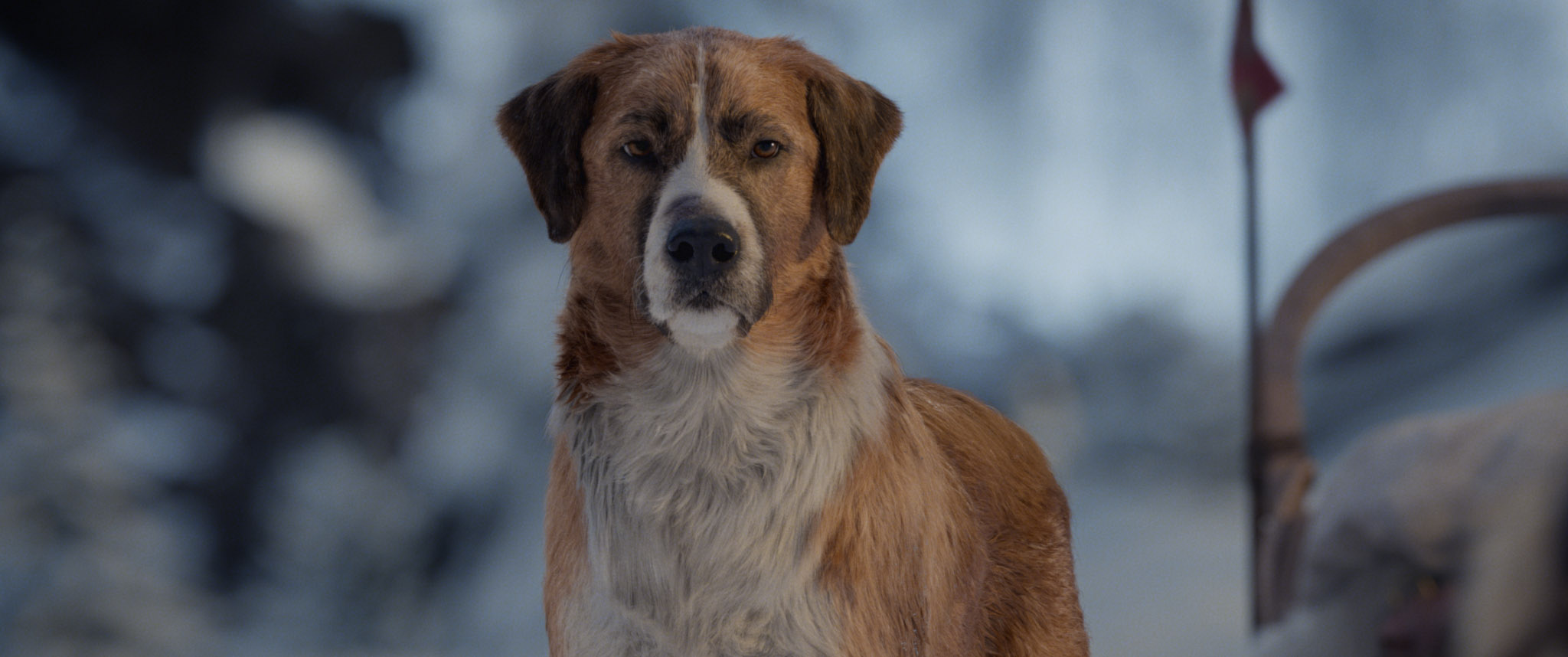
“The Call of the Wild”, image courtesy 20th Century Studios/Disney.
Continue reading »
Continuing the ongoing series of interviews with creative artists working on various aspects of movie and TV productions, it is my pleasure to welcome Amy Williams. In this interview she talks about changes in the world of feature and episodic productions in the last few years, doing research, choosing the stories that she works on, and the hidden complexity of everything that goes into bringing these stories to our screens. Around these topics and more, Amy dives deep into her work on the just released “Little America”, an authentic, heart-warming mosaic of immigrant stories of America in the last few decades, all based on real stories.
Kirill: Please tell us about yourself and what drew you into this field.
 Amy: My name is Amy Williams, and I’m a production designer. I wish I had known that this field existed when I was studying art at university. I really wasn’t clued into it even though I studied film. They don’t talk about the behind-the-scenes artists as much as they do about the directors and actors.
Amy: My name is Amy Williams, and I’m a production designer. I wish I had known that this field existed when I was studying art at university. I really wasn’t clued into it even though I studied film. They don’t talk about the behind-the-scenes artists as much as they do about the directors and actors.
I studied film in school, but my primary focus was art history. I moved to New York City in the early 2000s to work in the art world. I started interning at a gallery, and eventually became a manager of a gallery. I’ve curated a few shows, working with a lot of amazing artists. Some were even my heroes. But there was something about working in a quiet white space, helping others with their career but not creating anything on my own.
I was having a conversation with a friend of mine, and they had a friend of a friend who scouted locations. I thought it could be great – to incorporate my love of architecture and composition. So I started taking internships, working on student films and getting introduced to this art form. I quickly figured out that the art department was where I wanted to be. I started art directing commercials without knowing what I was doing [laughs], and from there you meet more people, you get a hold of more projects and you just start creating. It was a pretty fast realization that this was my dream job, and now here I am making amazing film and TV series.
Kirill: Is there anything that still manages to surprise you when you join a new production?
Amy: I’m still surprised by every single show I do. There’s a new experience, there’s a new story to explore, a new problem to solve that I haven’t been exposed to. It may be figuring out how to build a hospital room that floods, or diving into research about what a Nigerian immigrant’s home should look like. You get to learn and absorb a lot about the world.
I think the biggest surprise for people working in the industry is just how many moving parts there really are to create this. Going into it, you romanticize the art of it. But you don’t really know how much of the politics, the management and the people skills you need to handle on a daily basis. I wish it was all creative, but it’s not [laughs]. There’s a lot of logistics to work out, and there’s a lot of personalities to navigate.
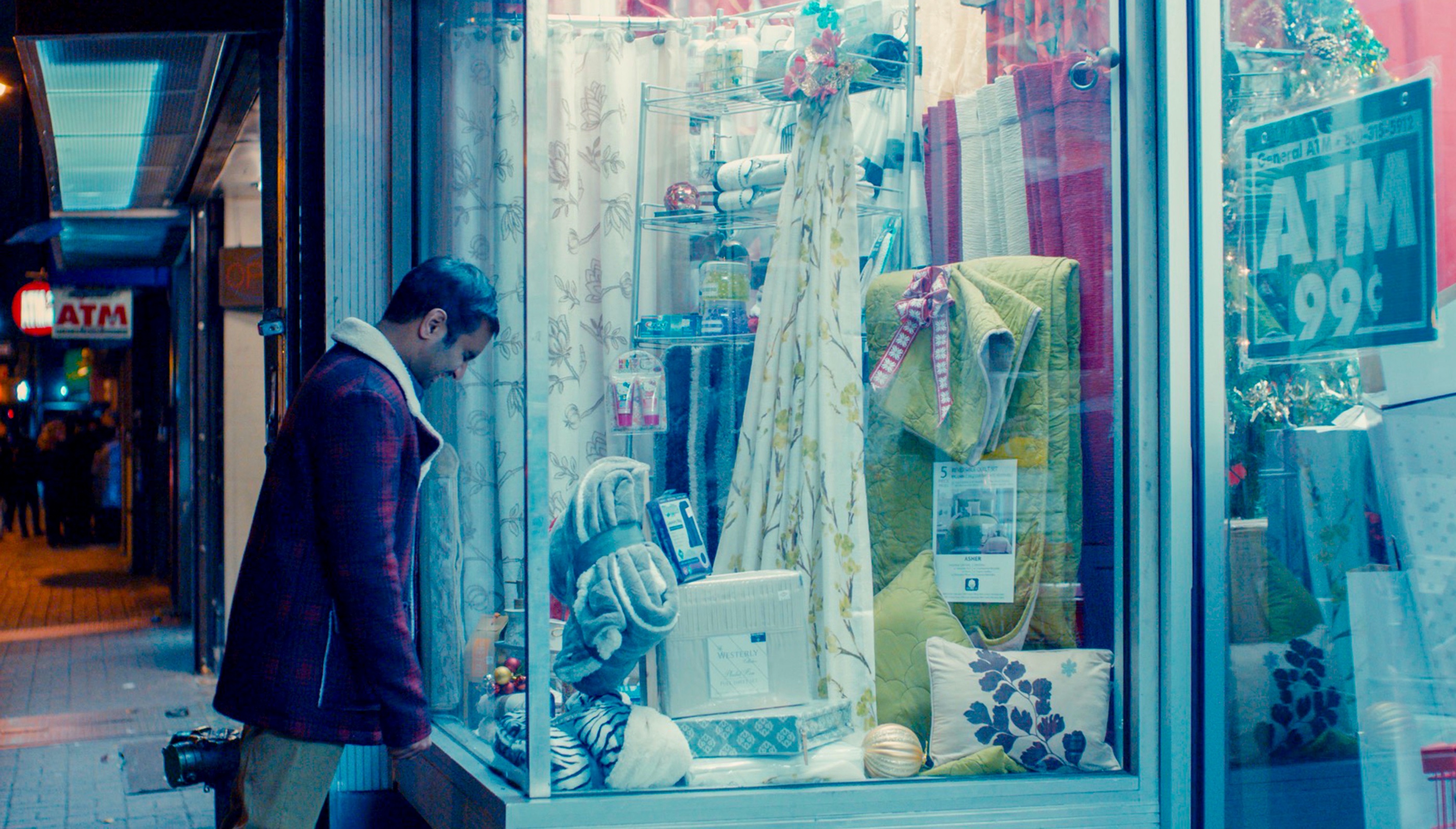
Production design of “Master of None”. Courtesy of Amy Williams.
Kirill: When you talk about what you do with somebody who is not in your field, is it difficult to convey this complexity of being a production designer on a feature or on a TV show?
Amy: Definitely. To start off, most people don’t know what the title of production designer means. It doesn’t tell you right away what my responsibilities are.
If a person isn’t familiar with film, I usually start by saying that I do the art direction on films, I take care of the environments and the sets. It’s even as simple as saying that I’m in charge of the visual look of everything you see on camera that doesn’t have to do with the actors. People are curious and they become engaged, because it is an interesting job.
Kirill: Do you find that there are some aspects of it that get a bit easier as you gain more experience?
Amy: Every production is its own challenge, but you do get better prepared to navigate the situations more smoothly. As I’m sure it is with any industry, as you gain more experience and you take on bigger projects, you work with more people. You really have to support people you work with, trust their skill sets and delegate responsibilities if you’re going to be successful. That’s the part that continues to grow and evolve.
Kirill: Is there any part of your job description that you wish to skip and have it somehow just “take care of itself”?
Amy: Budgets are not my favorite part. I’m not into any of the math that has to go into it [laughs]. My only other complaint about the job would be the hours that our industry has created as the minimum and as the mandate of what needs to happen to get a job finished.
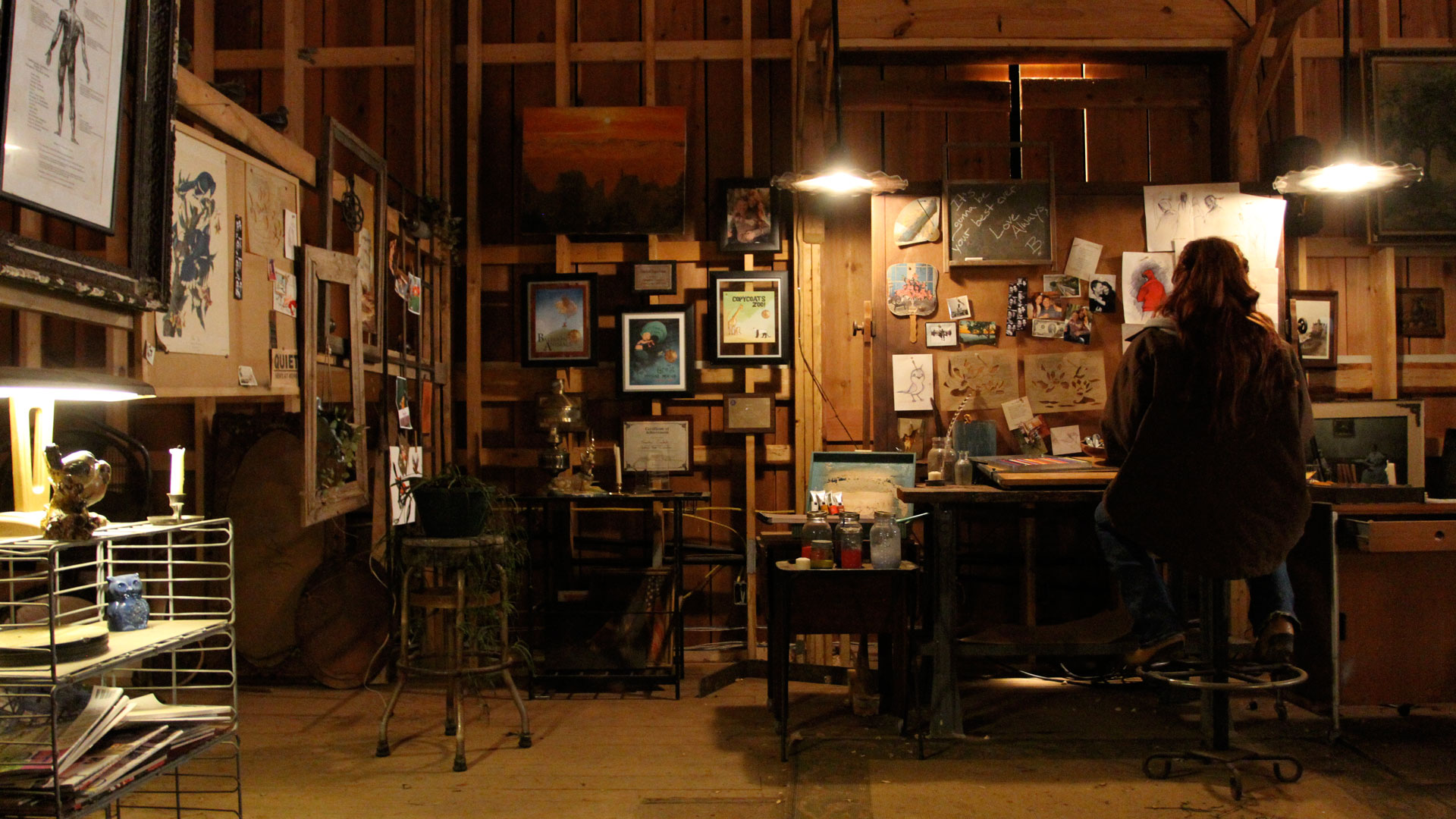
Production design of “Unconditional”. Courtesy of Amy Williams.
Kirill: Do you find that it’s connected to the rising level of productions, especially in episodic television?
Amy: One of the things you see in the industry is having less money, but also having higher expectations. It’s due to many factors, especially around the budget. You realize that you are an artist working for a corporation. The two are different animals, but luckily you work for a corporation that supports artists and lets us tell our stories.
Technology plays a big role in all of this, from research to photography to just the speed in which you can communicate your visual ideas with the rest of your team. It has sped up and amplified, and I think that certainly has helped with the overall production.
I think it also comes down to the viewer. They’ve become more discerning. They have better eyes for viewing these things, and that contributes a lot to the high mark that we try to reach on every show. And there’s also so much content out there, and there’s a lot of competition. If you’re not at the top of your game, things fall to the side [laughs].
Kirill: As you move between the feature world and the world of episodic / streaming productions, do you see shifts in where the more interesting storytelling is happening?
Amy: It’s really an interesting time to be in this business. The amount of diverse storytelling has increased. The acceptance of stories for people that didn’t have a voice even a few years ago has increased. It’s about the world opening up and about our industry opening up. There’s infinite stories out there that just haven’t been told. That is exciting, and those are the projects that I lean towards because I haven’t seen them on the screen and I want to be a part of that.
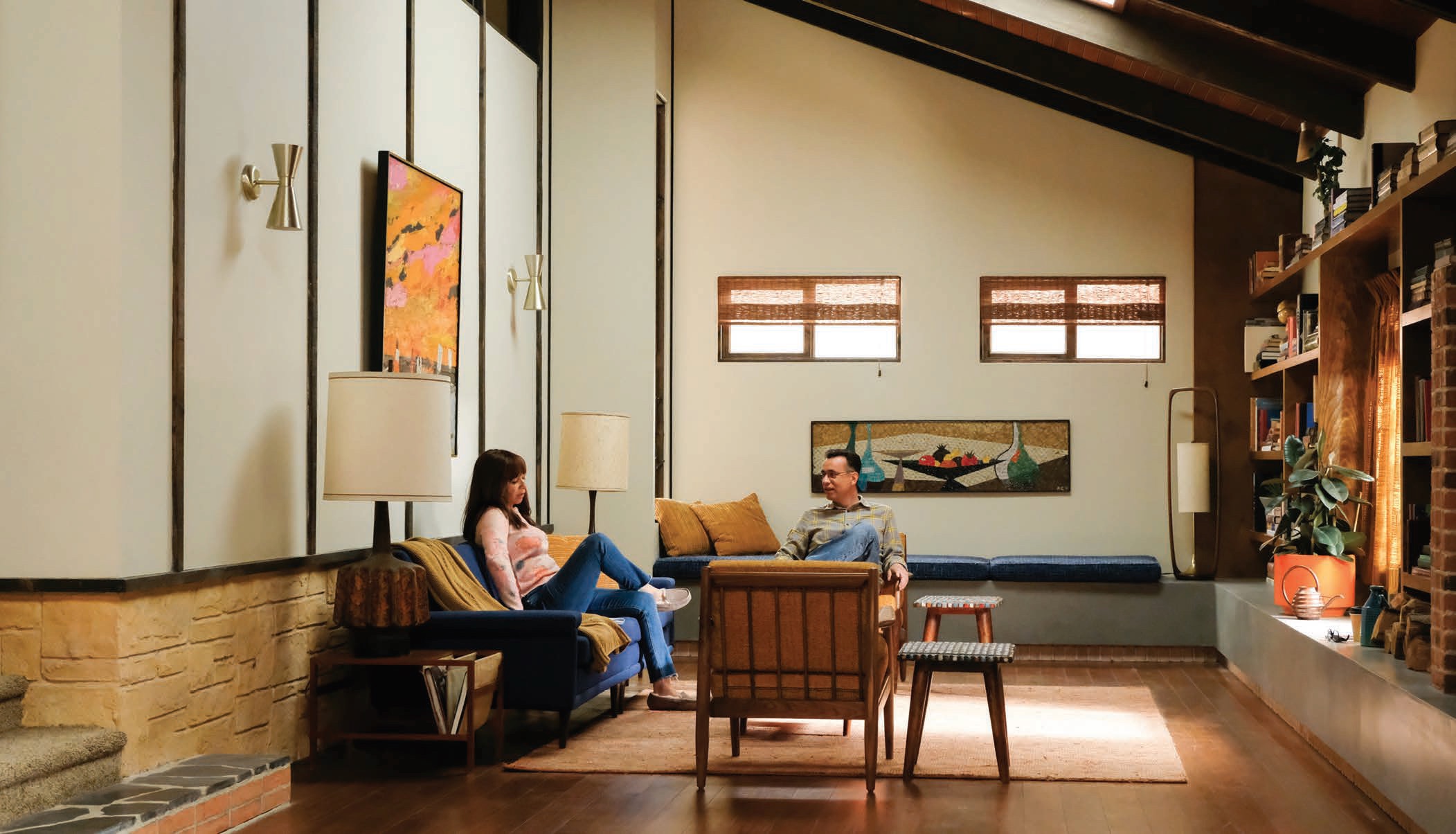
Production design of “Forever”. Courtesy of Amy Williams.
Kirill: As you look at the stories that you participate in bringing to the screens, do you want them to have social impact?
Amy: It can be social, emotional or representational. We spend so much time on these productions. We work 60-70 hours a week away from our families. So you want to work on something that’s meaningful, something that helps people. It gives it value, which does make it worthwhile.
Continue reading »
It certainly feels like this little web garden of mine is not quite done yet. Just a few short months ago I wrote about converting interviews to use immersive, full-bleed images. This is how it looked like back then:

Ever since I’ve been tweaking the custom layout of the intro section that combines the hero image, the title block and the name of this site (that leads to the main landing page):

Now this combined section starts right at the top, and layers all the textual elements along the horizontal edges of the hero image. It brings together all of these elements in a single, unified, cohesive space. And it also gives extra vertical space to the interview introduction to be visible above the fold. This particular journey started in May 2019, and it might just be getting close to its conclusion. Onwards to the next chapter!
![]()
![]()